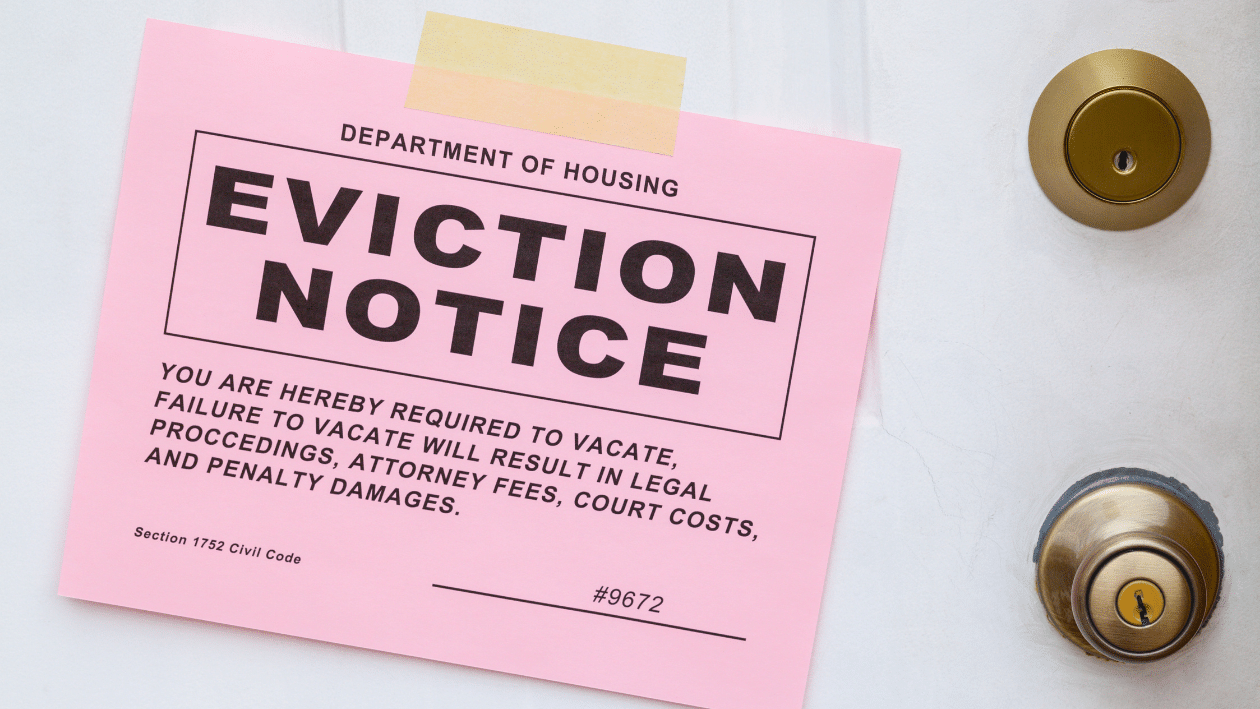On June 24th, 2021, District Councilmembers Maria Quiñones Sánchez, Jamie R. Gauthier, and Kenyatta Johnson introduced Bill…
Watch VideoThe Latest Legal Developments in PA and NJ
We have our fingers on the pulse of the latest legal news, rulings, and regulations in Pennsylvania and New Jersey. Explore our free resources to stay up to date on the developments impacting your personal and business lives.
Resources
Agreement of Sale: What You Need to Know as a Buyer
How do you make an offer on a home? The process hinges on the agreement of sale,…
Read MoreNatalie Klyashtorny Appointed Judge Pro Tempore
In her role as Judge Pro Tempore, Klyashtorny will conduct settlement conferences of major jury cases currently…
Read MoreNatalie Klyashtorny Appointed Partition Master
As a Master, she will facilitate the division and sale of real property and the apportionment of…
Read MoreUnderstanding the Real Estate Development Process
Real estate development is about taking ideas on paper and turning them into real property. It is…
Read MoreSupreme Court Tackles CDC’s Eviction Moratorium and Its Effect on Philadelphia
In Alabama Association of Realtors v. Department of Health and Human Services, the Supreme Court determined the Centers for Disease Control…
Read MoreDid Phila.’s 2018 Selective Tax Reassessment Violate the Uniformity Clause?
In Duffield House Associates v. City of Philadelphia, 2021 Pa. Commw. LEXIS 520 (July 29, 2021), the Pennsylvania Commonwealth…
Read MoreClementa Amazan appointed as the Young Lawyers Division Liaison of the Pennsylvania Bar Association
In this role, Clementa will serve as an intermediary between the Young Lawyers Division and the Pennsylvania…
Read MoreAdverse Possession in Philadelphia
What is Adverse Possession? Adverse possession, often referred to in non-legalese as “squatter’s rights”, is a phrase…
Read MoreIn the Zone with Clementa Amazan – Episode 3
On May 20, 2021, District Council Members Maria Quinones-Sanchez and Jamie Gauthier introduced bill number 210474, which was…
Watch Video








